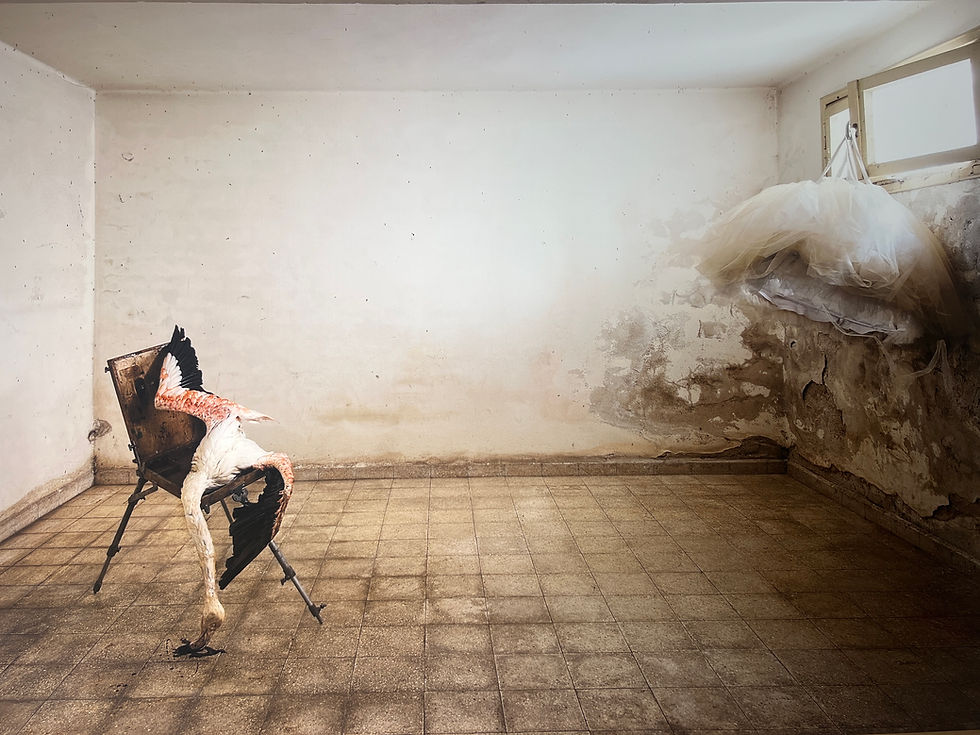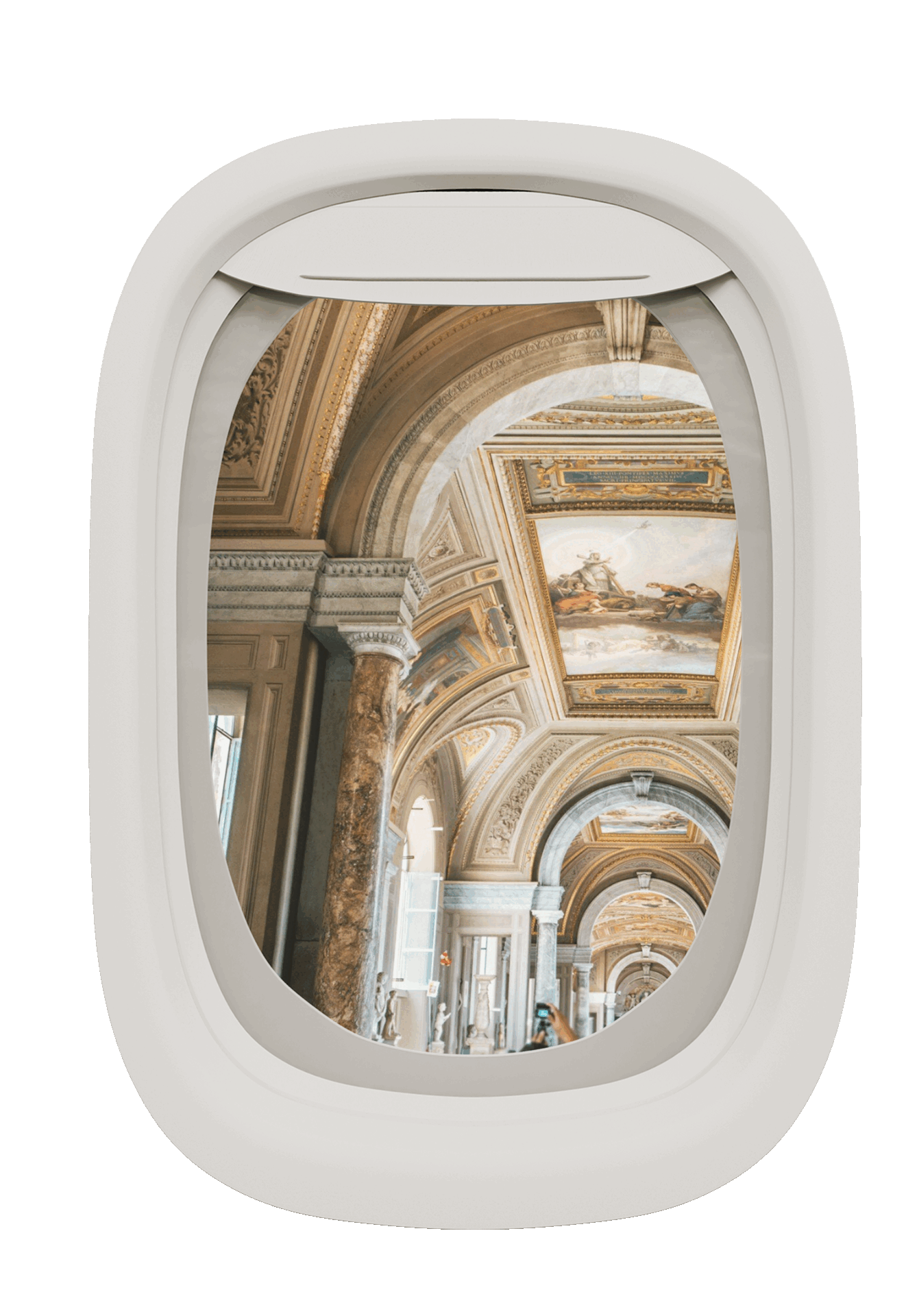Illustration week – On The Verge
- Shlomit Oren

- 19 בנוב׳ 2018
- זמן קריאה 4 דקות
עודכן: 20 בנוב׳ 2018
The fifth edition of Illustration Week in Tel Aviv brings the question of “what is illustration?” front and center. Many of the exhibitions forming this city happening attempt to break the traditional boundaries and re-calibrate our definitions.
Founder of Illustration Week, Yuval Saar (friend and colleague), says the actual question and the quest it brings with it are far more important than any answer. However, as a rule, Saar asserts that the artist’s intention is the guiding line and sets it apart from graphic design, architecture, jewelry making, textile art, sculpture or any other form of art. Moreover, illustrations are usually associated with trivial and humoristic subjects, while here one might find exhibitions tackling issues of trauma and distress. Artists working on these non-defined boundaries are the ones that fascinated me the most.
In “Family Gathering” artists Amit Trainin, Itzik Rennert and Yana Bukler dealt with their own family’s history, focusing on their most painful periods. When entering Trainin’s space one has to stop for a moment to marvel the hand painted scenery under the Ottoman arches. He painted his Kibbutz buildings under heavy snow, which is not characteristic but represents a precious childhood memory. On the floor there are pillows arranged with illustrations and a few words, which look from a far like newspaper cartoons. Looking closely, these are all traumatizing sentences Trainin and his peers used to hear from their care takers in the Kibbutz, when the prevailing custom was for all kids to sleep together, separate from their parents.
Left to right: If you run we'll lock you in the room; At night some parents become monsters; Stop talking or we'll slice your tongue off with a knife.
Rennert ceased this opportunity to engage with the issue of the holocaust in a very personal way. He drew his family free-hand after some old pictures, narrating in hand writing directly on the wall and on sheets of paper the story of the ones that survived and the ones that didn’t. Reading through these walls it feels like peeping into a personal diary. Rennert worked on this exhibition for four full days without knowing what the final outcome will look like, and so the viewer is joining the artist on a therapeutic journey.
Bukler’s work also refers to her family’s history during the holocaust, of which she learned of rather late in her life.

Atar, Jaffa Museum, 10 Mifratz Shlomo promenade, Old Jaffa
“Out of Line” is a duet between two artists working in very different materials: Jerry Shai Sarig presents floating embroideries based on single line illustrations of busy imagined scenes. Ronit Bachar presents life size images of people jumping up in the air, made in laser-cut thin metal. These images create shadows on the wall, which are an intrinsic part of the artwork. Curator Hagit Peleg Rotem (a friend and colleague) picks up on the common aesthetics between the two, featuring the single black line in hanging artifacts. Nevertheless, there is more to it, she says – the ephemeral notion of the artworks contrasts with the material. The transference process both artists use – Shai Sarig from drawing to embroidery and Bachar from photography to metal – resonates common industrial processes.
Old Jaffa Gallery, 3 Kikar Kdumim sq., Old Jaffa
Another interesting application of illustration in textile is by Aviv Keller. Keller is presenting together with artist Lilach Madar in her studio. The two interpreted photographs of ancient Hellenic sculptures in their own artistic language. The work Keller is doing in stitching and sowing the fabrics into images is incredible.
12 Mazal Dagim alley, Jaffa

The question of how would an Israeli home will look like in thirty years time, was the one leading the participants in the exhibition at the Architect’s House Gallery. Curators Limor Yosifon Goldman and Dana Gordon started the process early on, offering participants regular meetings and lectures to enable them to develop their ideas. The result is thought provoking.
Tamara Efrat and Yoav Peled challenge the concept of a permanent dwelling residence. They presume the future home will be transient, but at the same time people will prefer their familiar surroundings. For this end they came up with “Copy Without a Source” – a wide round curtain on which the familiar surrounding is printed, which one can place anywhere and feel at home. The actual experience in this space is interesting as there are no corners, the folding of the curtain presents a wavy environment, which is also echoed in the soft movement of the drapes, and provides an experience of full detachment.

Architect Rony Avitzur has thought of a future solution to a current problem, which she foresees will become more and more acute. While “normal” houses are designed for “normal” families, this normality does not apply in many cases. Avitzur offers visitors to design their homes in an open wooden capsule, according to their needs – give up the kitchen if you don’t cook, add working space or dressing room if you need it. This is done using illustrated wooden Tetris bricks that will make up a tailor-made home.
Architect House Gallery, 15 HaMigdalor st., Jaffa
This was only a small taste of Illustration Week 2018, which opened my eyes to innovative applications of illustration.
Illustration Week - 15-24.11.2018 throughout Tel-Aviv Jaffa.


















































תגובות